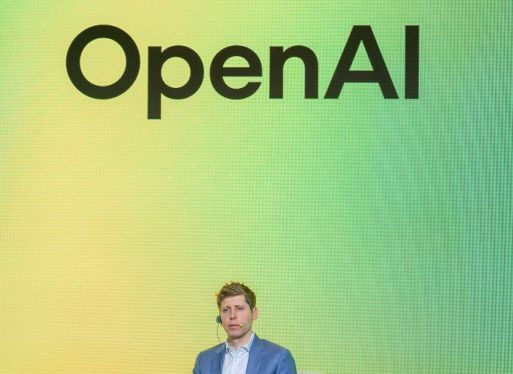On Tuesday, OpenAI announced the release of Sora 2, an audio and video generator that succeeds last year’s Sora model. Along with the new model, the company also launched a linked social app called Sora. In this app, users can generate videos of themselves and their friends to share on a TikTok-style algorithmic feed. OpenAI’s work on this new social platform was previously reported by Wired.
While the invite-only app and Sora 2 model have not been available for independent testing yet, OpenAI has shared impressive examples. A key improvement in Sora 2 is its better adherence to the laws of physics, which makes the videos more realistic. OpenAI’s public clips show a beach volleyball game, skateboard tricks, gymnastics routines, and cannonball jumps from a diving board, among other scenes.
OpenAI explained the advancement in a blog post, stating that prior video models are overoptimistic and will morph objects and deform reality to execute a text prompt. For example, if a basketball player misses a shot, the ball may spontaneously teleport to the hoop. In Sora 2, if a basketball player misses a shot, the ball will rebound off the backboard.
The Sora app includes an “upload yourself” feature called “cameos.” This allows users to insert their own likeness into any Sora-generated scene. To use their own likeness in a generated video, users must upload a one-time video-and-audio recording to verify their identity and capture their appearance. This feature also lets users share their “cameos” with friends, granting them permission to include that person’s likeness in videos they generate, including videos with multiple people together. The company wrote that they believe a social app built around this ‘cameos’ feature is the best way to experience the magic of Sora 2.
The Sora iOS app is available to download now and will initially roll out in the U.S. and Canada, though OpenAI hopes to expand quickly to other countries. While the Sora social platform is currently invite-only, ChatGPT Pro users should be able to try out the Sora 2 Pro model without an invite.
Once videos are generated, they can be shared in a feed within the Sora app, which appears similar to TikTok, Instagram Reels, or other short-form video feeds. Interestingly, Meta announced just last week that it added a video feed called “Vibes” to its Meta AI app.
To curate its algorithmic recommendations, OpenAI will consider a user’s activity within Sora, their location attained via IP address, their past post engagement, and their ChatGPT conversation history, though that last feature can be turned off. The Sora app also includes parental controls managed through ChatGPT. These controls allow parents to override infinite scroll limits, turn off algorithmic personalization, and manage who can direct message their child. However, the effectiveness of these features depends on the parent’s technical knowledge.
The Sora app will be free at launch, which OpenAI says is so people can freely explore its capabilities. The company states that at launch, the only plan for monetization is to charge users to generate extra videos during times of high demand.
The launch of a social platform will require significant user safety measures from OpenAI, which has struggled with similar issues in ChatGPT. While users can revoke access to their likeness at any time, this sort of access can easily be abused. Even if a user trusts someone with access to their AI likeness, that person could still generate deceptive content to cause harm. Non-consensual videos are a persistent problem with AI-generated video, causing significant harm with few laws explicitly governing platform responsibility.

